100-Year-Old Ginkgo Trees in Tokyo Set to be Cut Down For Expansive Development Project
Gingko trees that have been around for 100 years are now at risk of being chopped down due to a development project in Tokyo.
Governor Yuriko Koike approved a plan that would allow developers to cut down century-old trees to build 650-foot-tall skyscrapers in the space occupied by the garden. The development project, led by Mitsui Fudosan, would mean that one of Tokyo’s stunning green areas would be obliterated.
People Are Taking a Stand
Tokyo’s Jingu Gaien Garden is set to become the new site of a rugby venue and an adjoining baseball stadium.
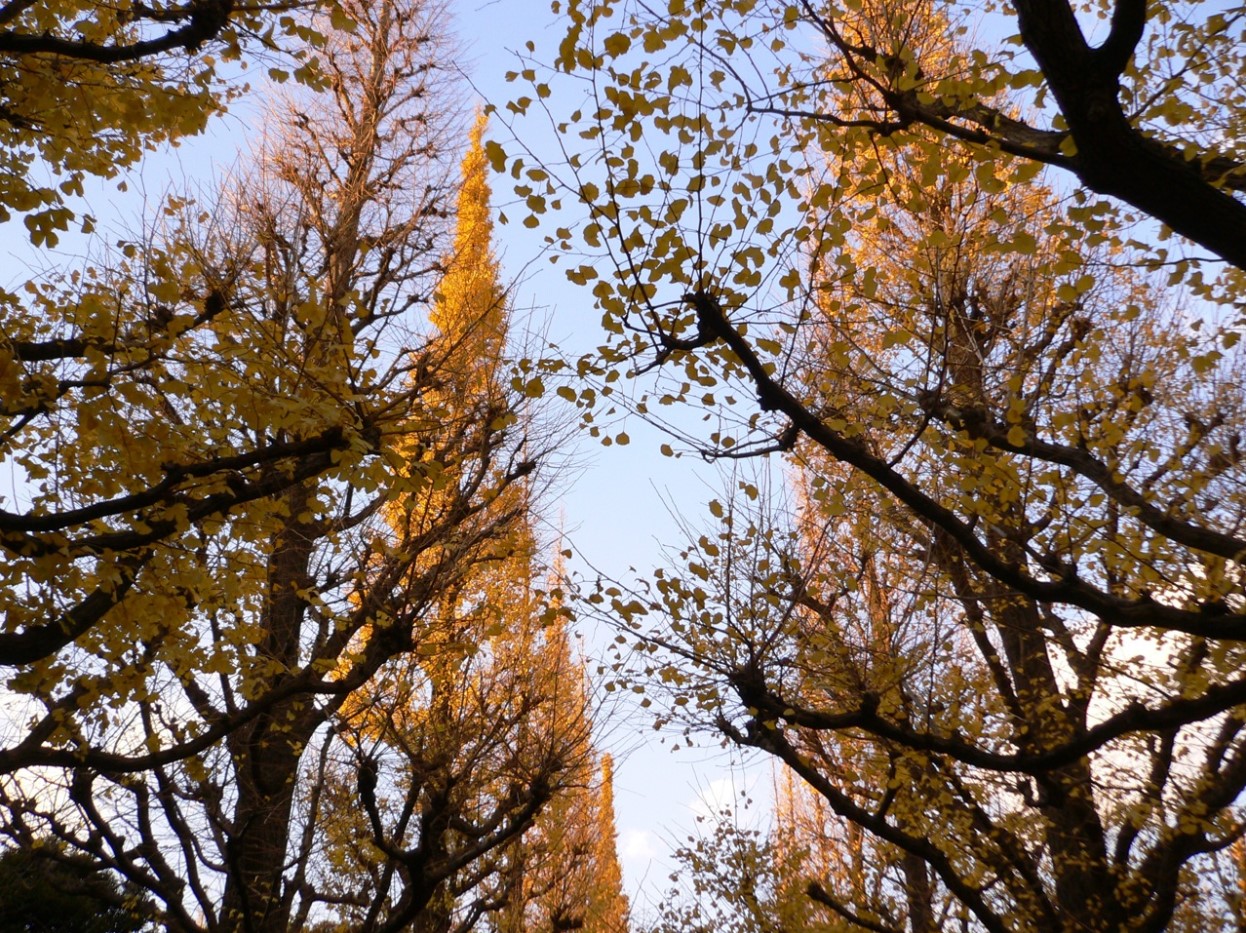
Source: Wikimedia Commons
Many people are opposed to Governor Koike’s plan and insist that the project come to a halt before the historic trees are gone forever. Japanese residents have started peacefully protesting the takedown of the trees in creative ways to get the attention of officials.
Peaceful, Creative Protests
Miho Nakashima stood beside a 100-year-old ginkgo tree wearing nothing but a bathing suit and body paint.
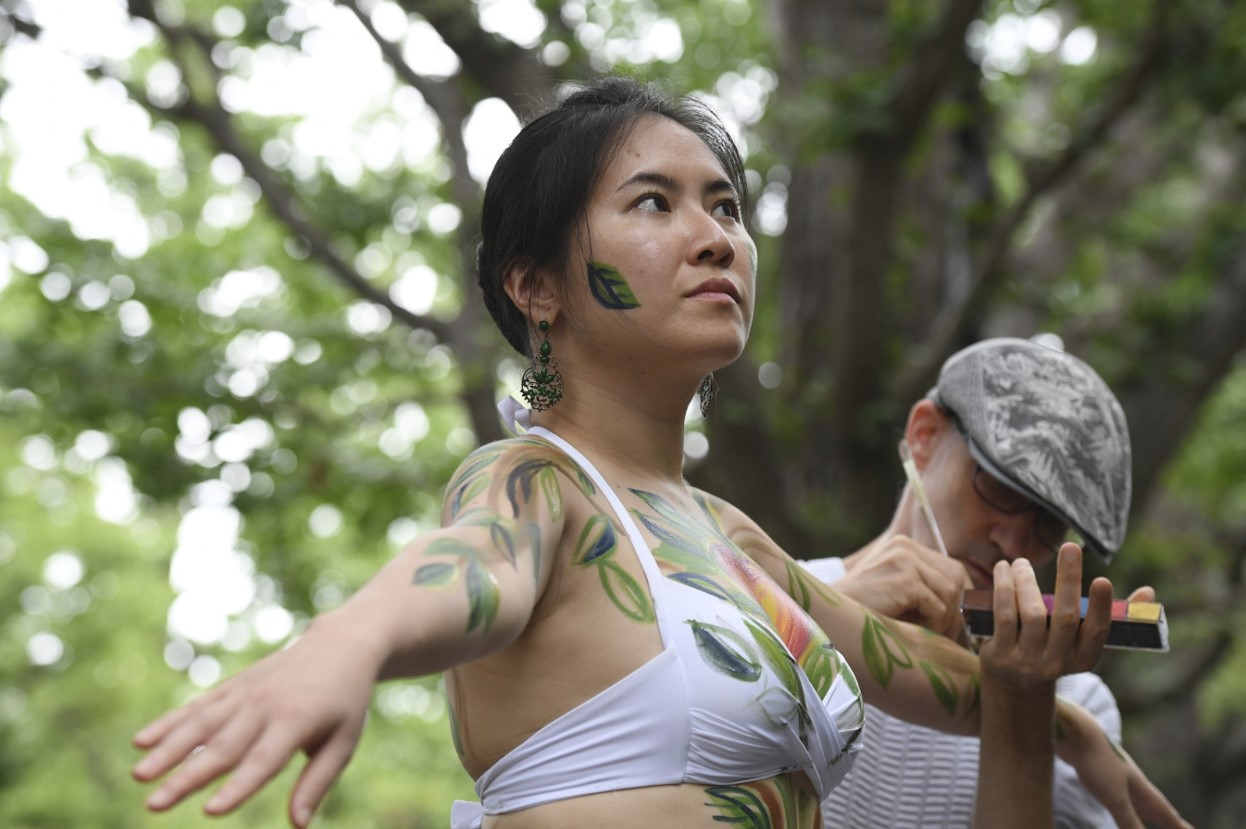
Source: Japan Today
Her body was carefully covered in artwork to represent the trees’ green leaves and brown branches. While she stood amongst the trees, she chanted a message to indicate her cause. “I’m a tree. Don’t chop me down,” she said. Nakashima is one of the many people who are opposed to the real estate development project ruining the natural beauty of Jingu Gaien.
Cutting Down the Trees Would Devastate Many People
Takayuki Nakamura was another one of the few hundred people who joined a recent protest against demolishing the 100-year-old ginkgo trees.
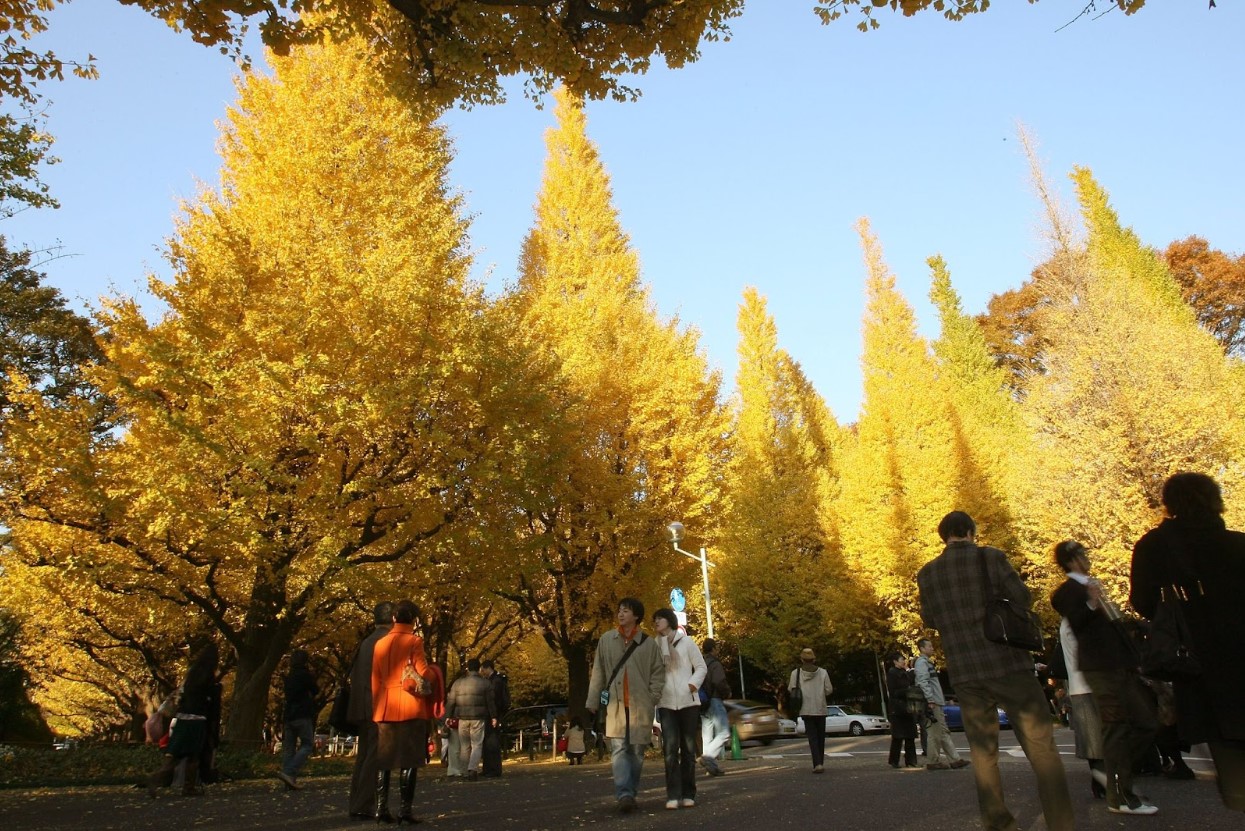
Source: Koichi Kamoshida/Getty Images
More than 100 years ago, Jingu Gaien was considered a sacred area honoring Japan’s Emperor. These days, the garden is being disregarded as nothing more than a plot of land to build more properties. The beauty of Jingu Gaien is symbolic of Japan’s traditions. Nakamura pressed his face against the tree and prayed for a miracle.
A Representation of Japan’s History
The ginkgo trees of Tokyo are more than just trees—they are an emblem of Japan’s history. These amazing trees have sat in Jingu Gaien for 100 years providing shade and serenity to those who walk past them.
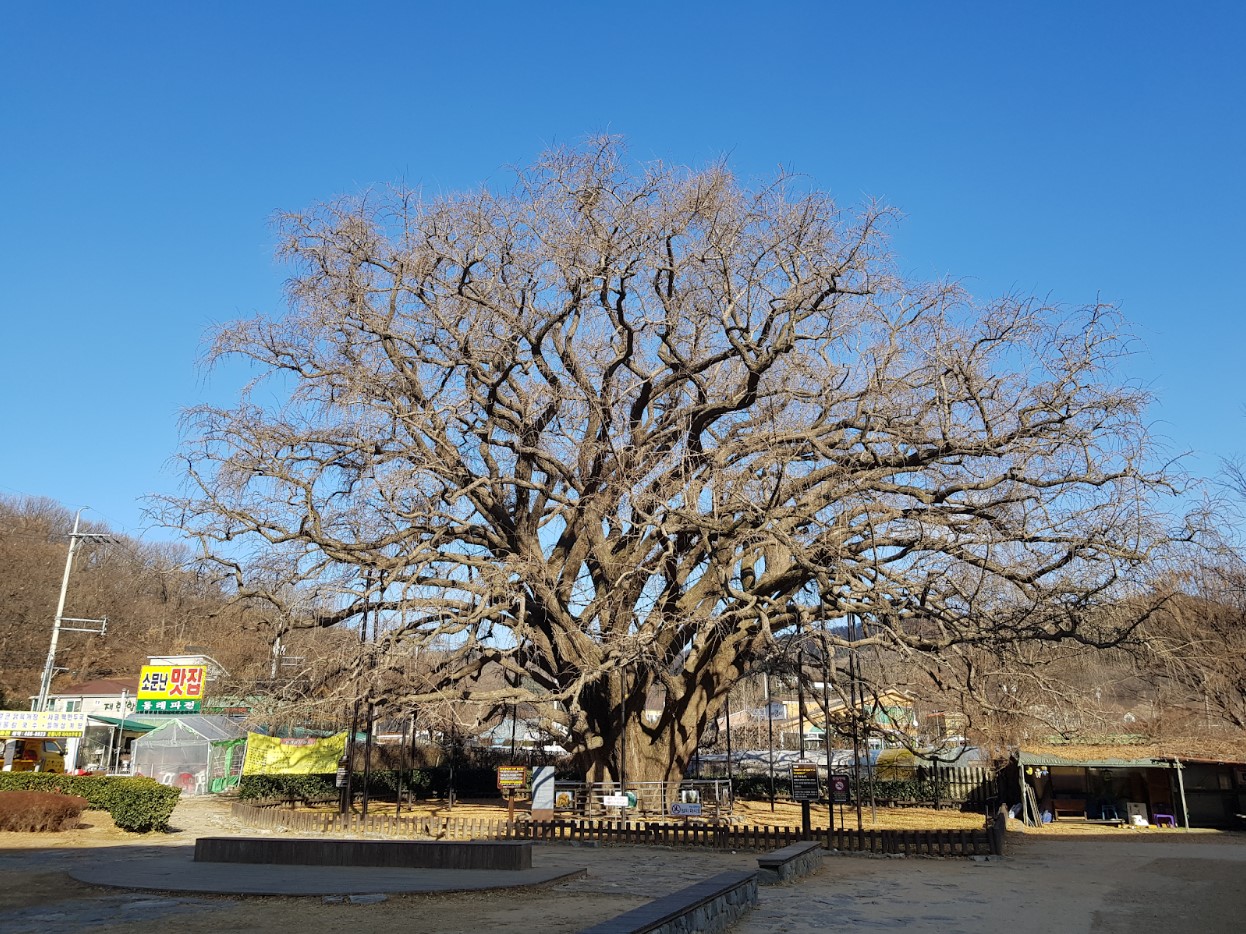
Source: Wikimedia Commons
Some of Japan’s residents feel a deep, spiritual connection to the trees, Nakamura included. “I want to appreciate the existence of these trees,” he said. “Sometimes I can feel some sounds inside.”
The Development Project Will Take Years to Complete
The development plan would take a considerable amount of time to complete.
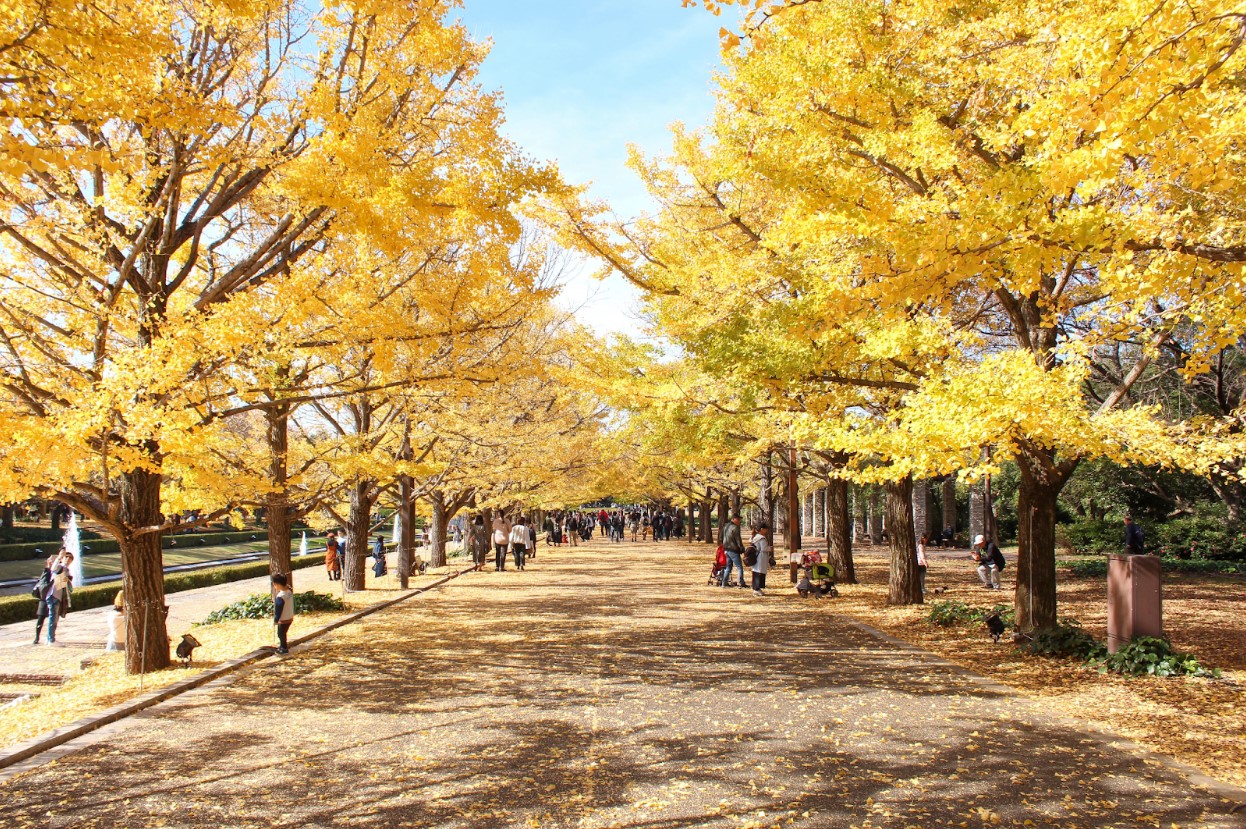
Source: Alo Japan
The projected date of completion would be 10 years from now, which would mean a lot of time and money would be put into such a large project. Given these reasons, everyone from “conservationists, civic groups, residents, and sports fans” have voiced their disapproval of this unnecessary endeavor.
More Than 100 Trees at Risk of Being Cut Down
In accordance with the plans to rebuild Tokyo’s rugby stadium, at least 18 ginkgo trees would need to be cut down, with even more expected to be removed in that area alone.
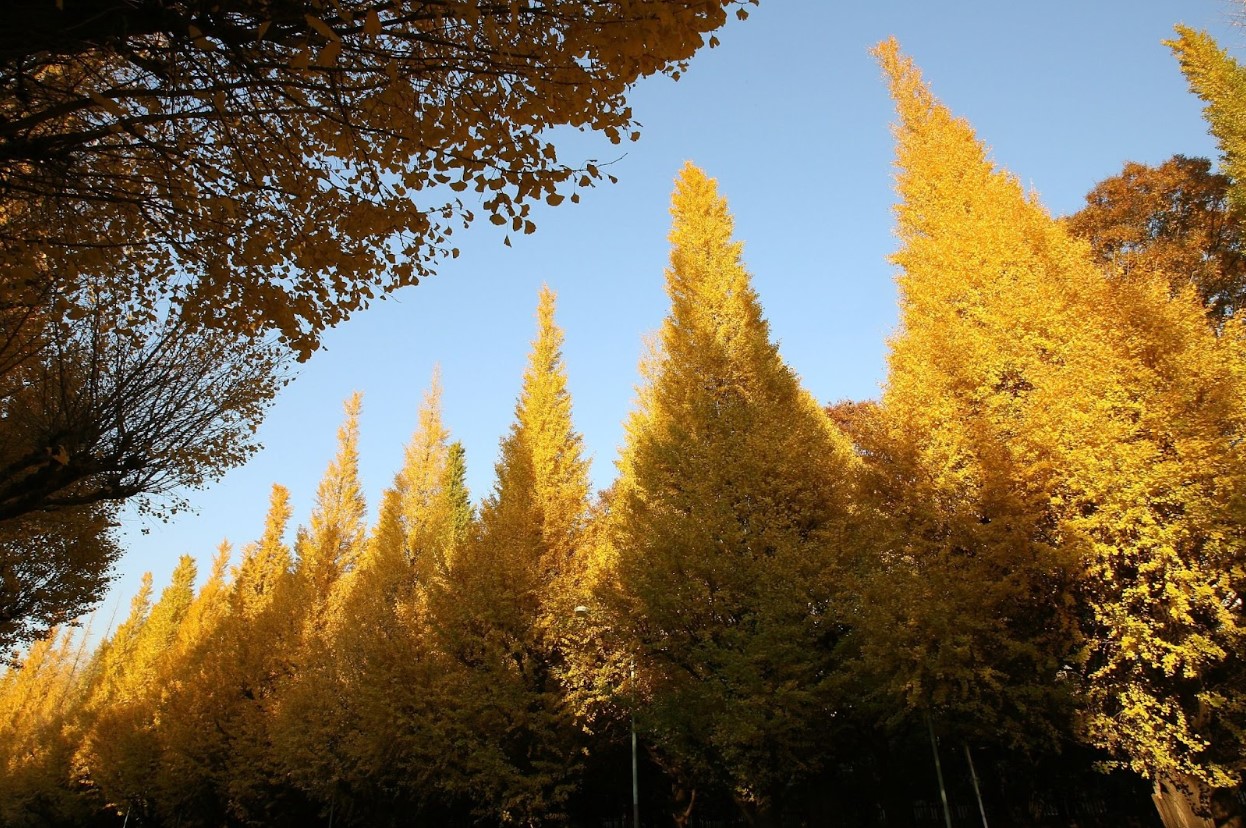
Source: Koichi Kamoshida/Getty Images
In total, around 100 ginkgo trees are currently on the chopping block, causing great dismay to locals. The blossoming trees provide a breathtaking view of colorful leaves every fall. The image is mesmerizing, and it’s enough for botanists to adamantly protest cutting down the trees.
Business Developers Only See Dollar Signs
A major point of contention is that real-estate developers are accused of taking land that was meant for the public and turning it into a for-profit business venture.
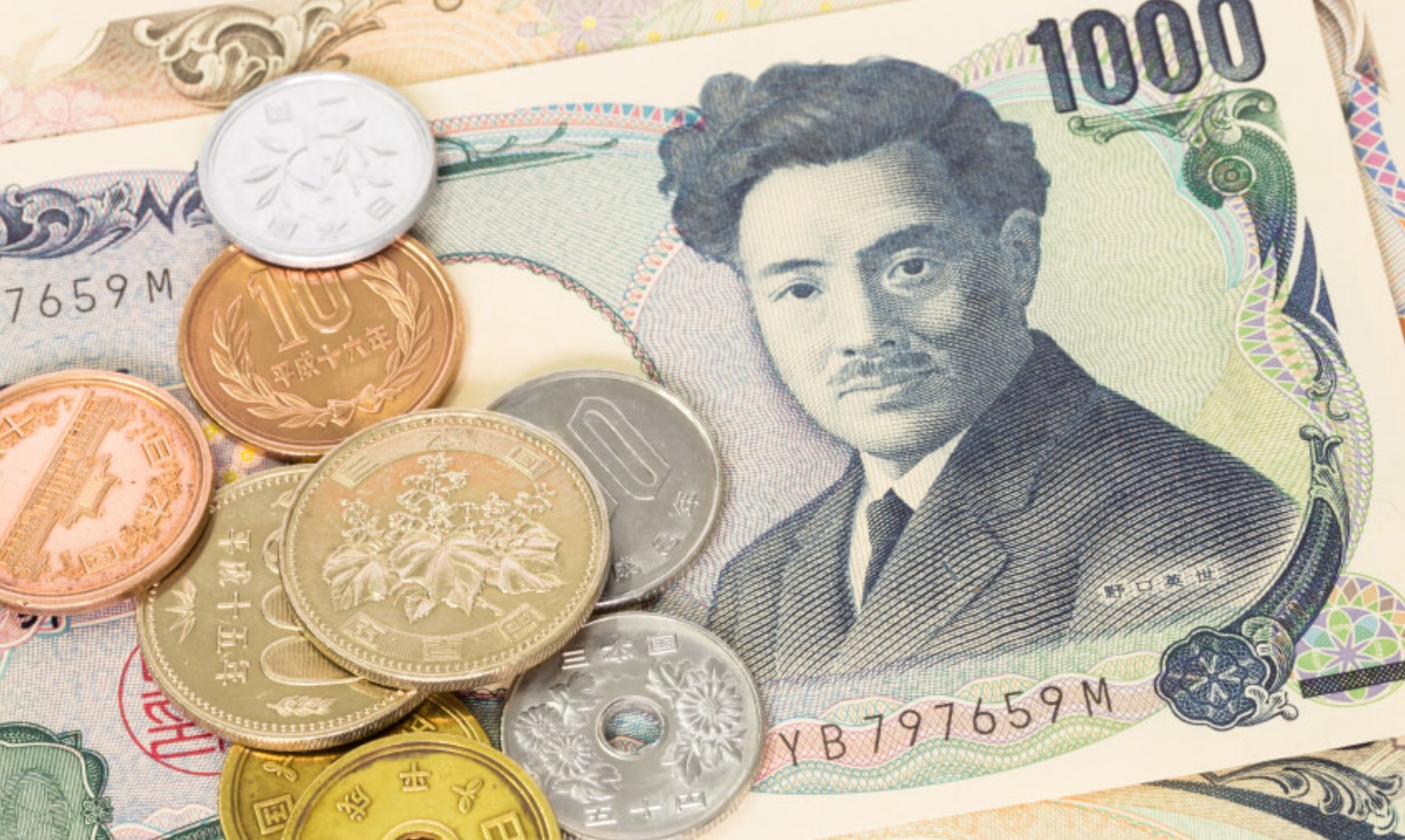
Source: Wikimedia Commons
The developers only care about how much money they will make, casting aside any concern for Tokyo’s historic ginkgo trees or how the public may feel about the project. Critics of the endeavor are aiming to protect Tokyo’s picturesque land one tree at a time.
Famed Japanese Author Is Opposed to the Project
Even some of Japan’s most famous inhabitants are getting involved in protests against the development project. Japanese novelist Haruki Murakami pleaded his case for keeping the alluring Tokyo park, even crediting Jingu Gaien for inspiring his award-winning writing.
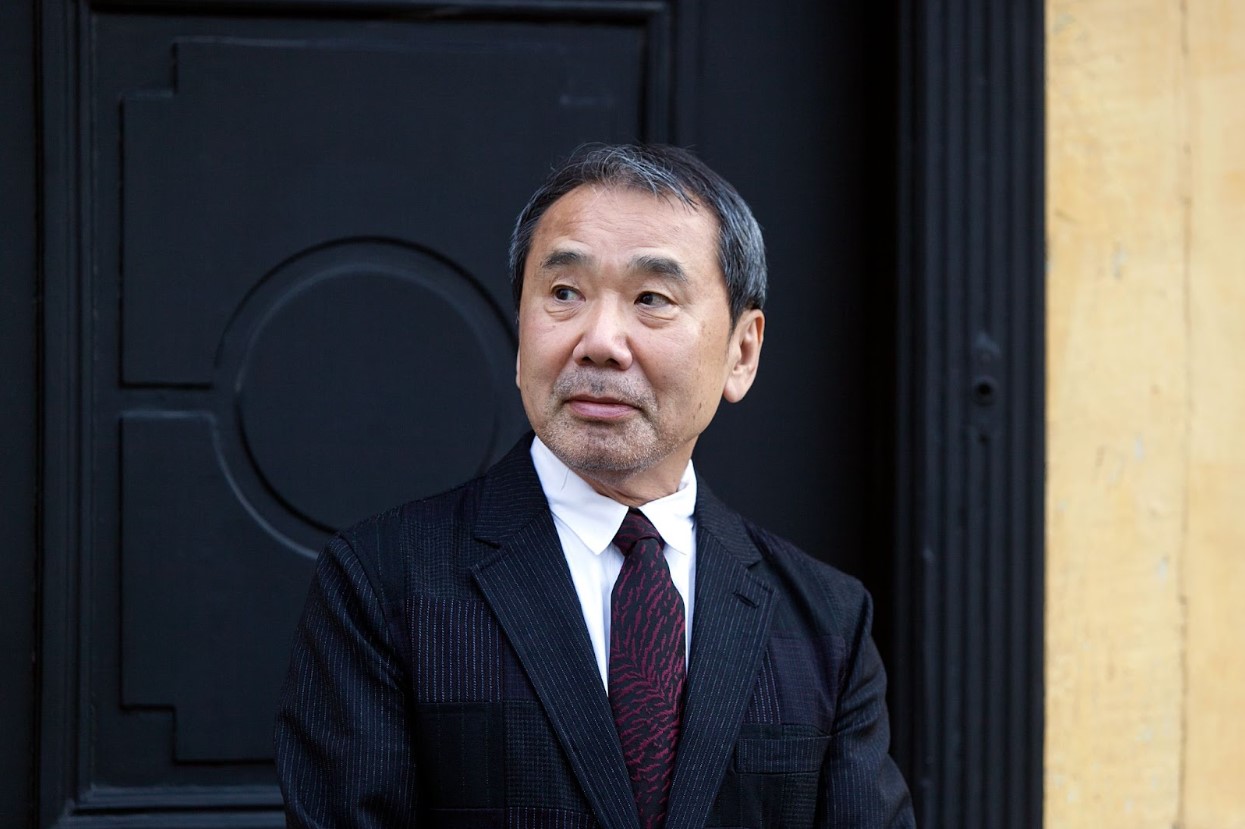
Source: Ole Jensen/Getty Images
“I’m strongly opposed to the Jingu Gaien redevelopment plan,” he said. “Please leave that pleasant jogging course full of greenery and the lovely Jingu Stadium as it is. Once something is destroyed, it can never be restored.”
The Rugby Stadium Serves as a Valuable Asset
Even Japanese musician Ryuichi Sakamoto penned an impassioned letter to Governor Koike outlining his disapproval of the plan before his death earlier this year.
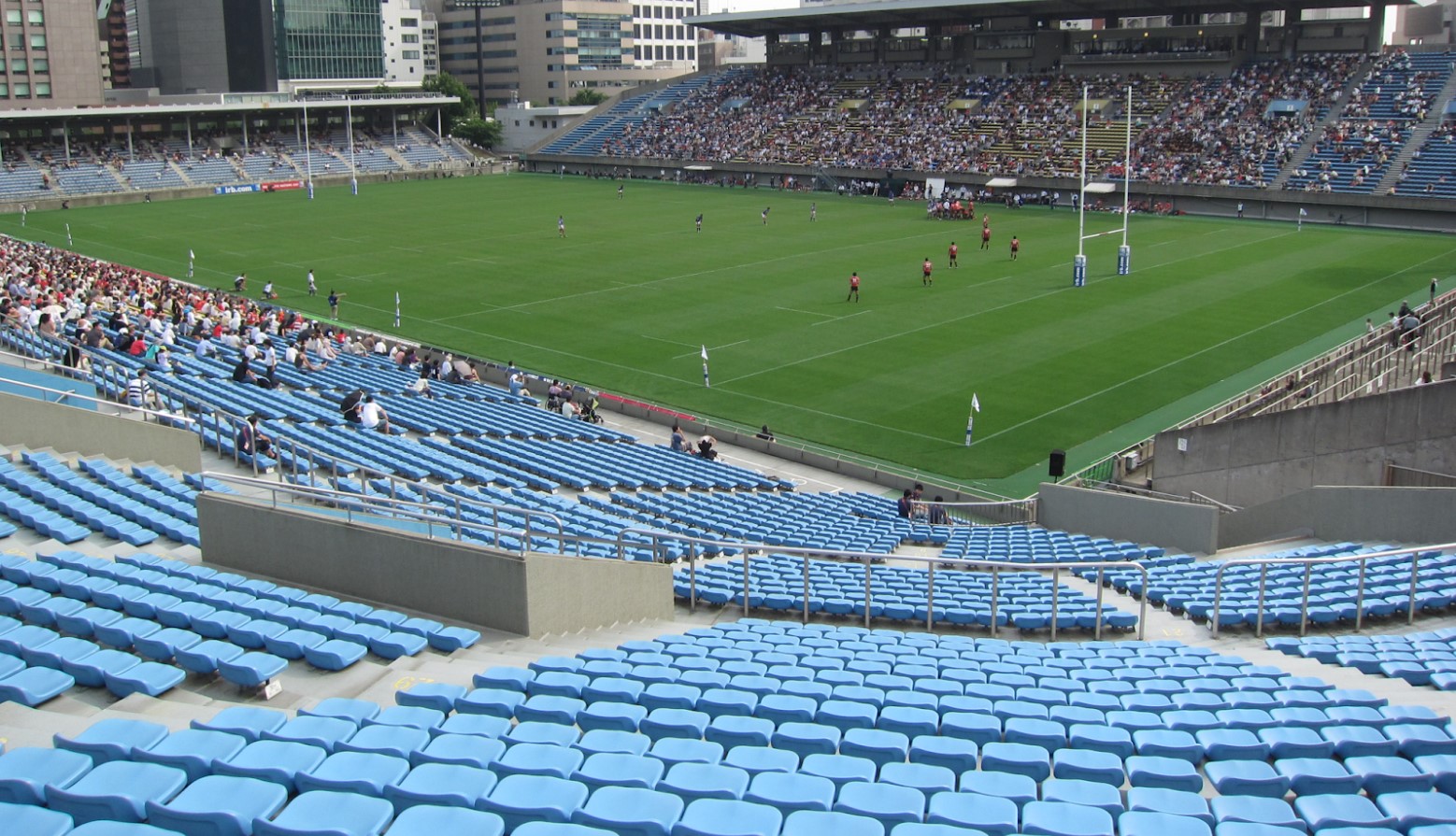
Source: Wikimedia Commons
Chichibunomiya Rugby Stadium has been the site of many historical events over the years. It hosted the 1964 Olympics and famed American baseball player Babe Ruth once played there in 1934 against Japan. People of the country view the rugby stadium as an integral part of Japan’s heritage.
Is Political Collusion to Blame?
Many people believe that the governor and his cohorts have ulterior motives for chopping down Tokyo’s infamous ginkgo trees to redevelop the area. Koichi Nakano, a political scientist, suggests that Koike, Mitsui Fudosan, and Meiji Jingu, a religious organization that owns the majority of the land, are working together to line their pockets.
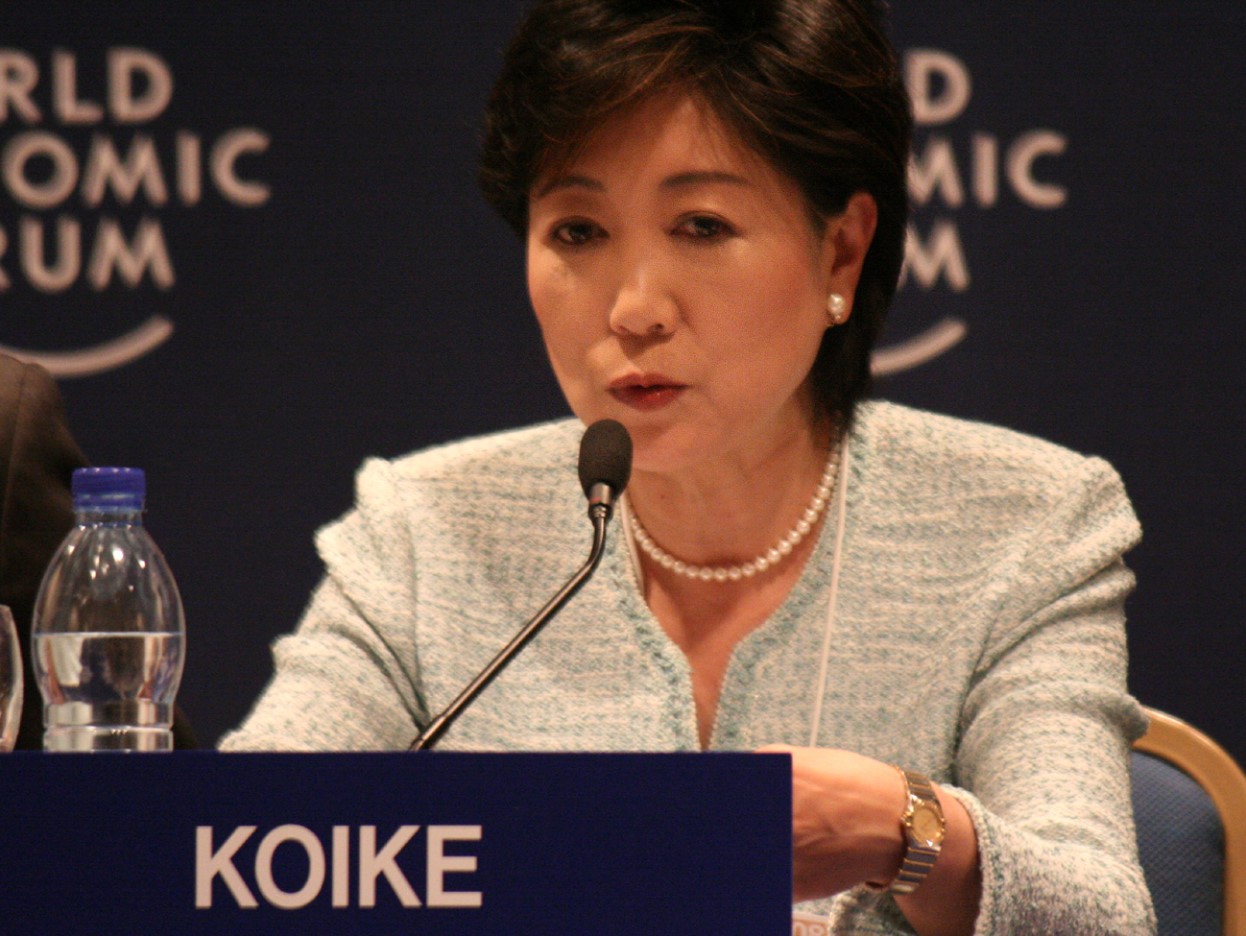
Source: Wikimedia Commons
“But because Jingu Gaien is also a public park with sports facilities, politicians can – and do – meddle in the decisions,” said Nakano. “Which results in the cozy, probably collusive relationships among the insiders that are unaccountable to the public.”
Thousands of Trees Have Been Axed Before
Sadly, this is not the first time that an abundance of ginkgo trees have been mowed down to build commercial venues.
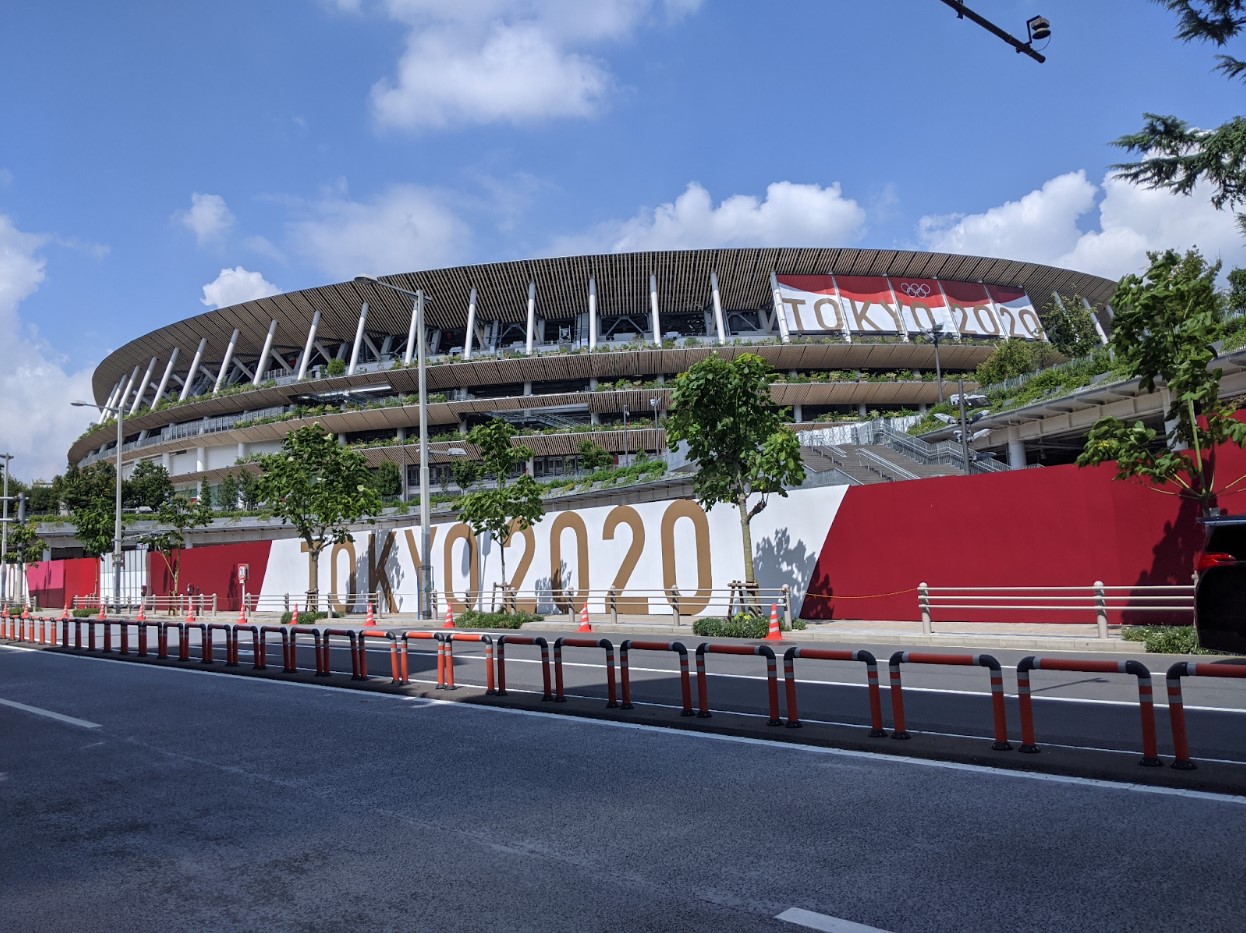
Source: Wikimedia Commons
Almost 1,500 trees were cut down in the same part of Tokyo to construct a $1.4 billion stadium for the 2020 Tokyo Olympics. Mikiko Ishikawa, a professor at the University of Tokyo, said, “This is like building skyscrapers in the middle of Central Park in New York.”
